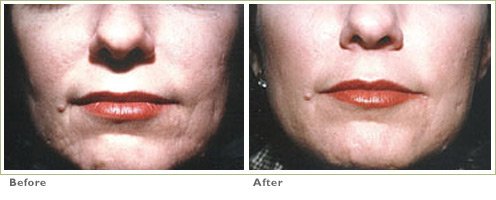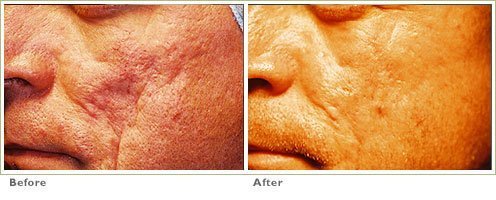Skin Grafting for Acne Scars
About Dermal Grafts
Dermal grafts have become very popular in the past 10 years. Patients see outstanding long-term results with minimal risk.
Benefits
- Long-term results
- Reduced acne scars
- Reduced traumatic scars
- Fast and easy recovery
- Minimal risk procedure
- Grafts are from one’s own skin, not a foreign substance
Need a sooner appointment? Call our office directly for more options. 1.888.411.3376
Schedule an Acne Appointment Time Online:
Step 1, Select a clinic location from field below, or call us at 1.888.411.3376 (DERM)
Alternatives
Fat Transfer Micro-lipo-injection, Collagen, Cosmoplast & Cosmoderm, Laser Skin Resurfacing, Lunchtime Laser Toning, Microdermabrasion, One-Pass CO2 Resurfacing, Punch Grafts, Radiesse, Restylane & Perlane, Subcisions.
How Does it Work?
While dermal grafting has been around for many years, recently the field of dermatologic surgery has offered new advances for this procedure.
An area behind the ear is numbed with lidocaine and a laser is then used to remove the surface epidermis from the underlying dermis. Small pieces of dermis which contain collagen are excised from this area and the incision is stitched up. A small stab incision is made in the area of the acne scar and the newly harvested dermal grafts are placed into the stab incision, and beneath the depressed scar, resulting in an elevation of the depressed scar.
Because the graft is from one’s own skin rather than from another animal, little absorption occurs and the results appear to be long term. It is truly a skin transplant of both cellular fibroblasts and collagen that maintains long-term correction. Dermal grafting is a more complex and technique-dependent procedure when compared to the injection of filler agents, such as collagen.
Who is a Candidate?
All skin types are candidates for dermal grafts.
What can I Expect?
Smoother skin with reduction or elimination of acne scars.
Results may vary.
Safety & Side Effects
The specific risks and the suitability of these procedures for a given individual can be determined only at the time of consultation. All surgical procedures have some degree of risk. Occasionally minor complications occur that do not affect the outcome. Major complications are unusual.
Recovery Time
Patients may go back to work in one to two days, while avoiding strenuous exercise for one week.
Does it Hurt?
Lidocaine is used to numb the scarred area to alleviate any sensation of pain.
Before Treatment Instructions
Avoid blood thinners such as aspirin, Motrin, Advil, and other non-steroidal anti-inflammatory drugs for two weeks before the procedure. Avoid vitamin E, ginkgo and garlic for three to five days before the procedure.
After Treatment Instructions
Avoid blood thinners for a few days after the procedure and avoid strenuous exercise for one week. Apply an antibiotic ointment to the donor areas behind the ears.
Who Performs the Treatments?
Our Physicians
Dermal Grafts Gallery
Dermal Grafts for Acne Scars
*Results may vary.




